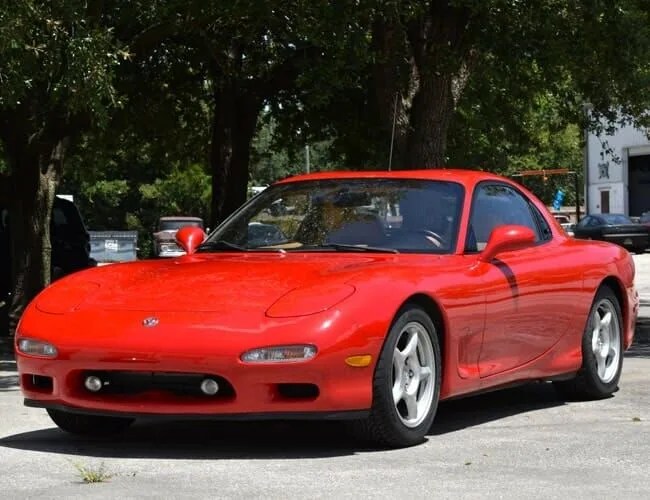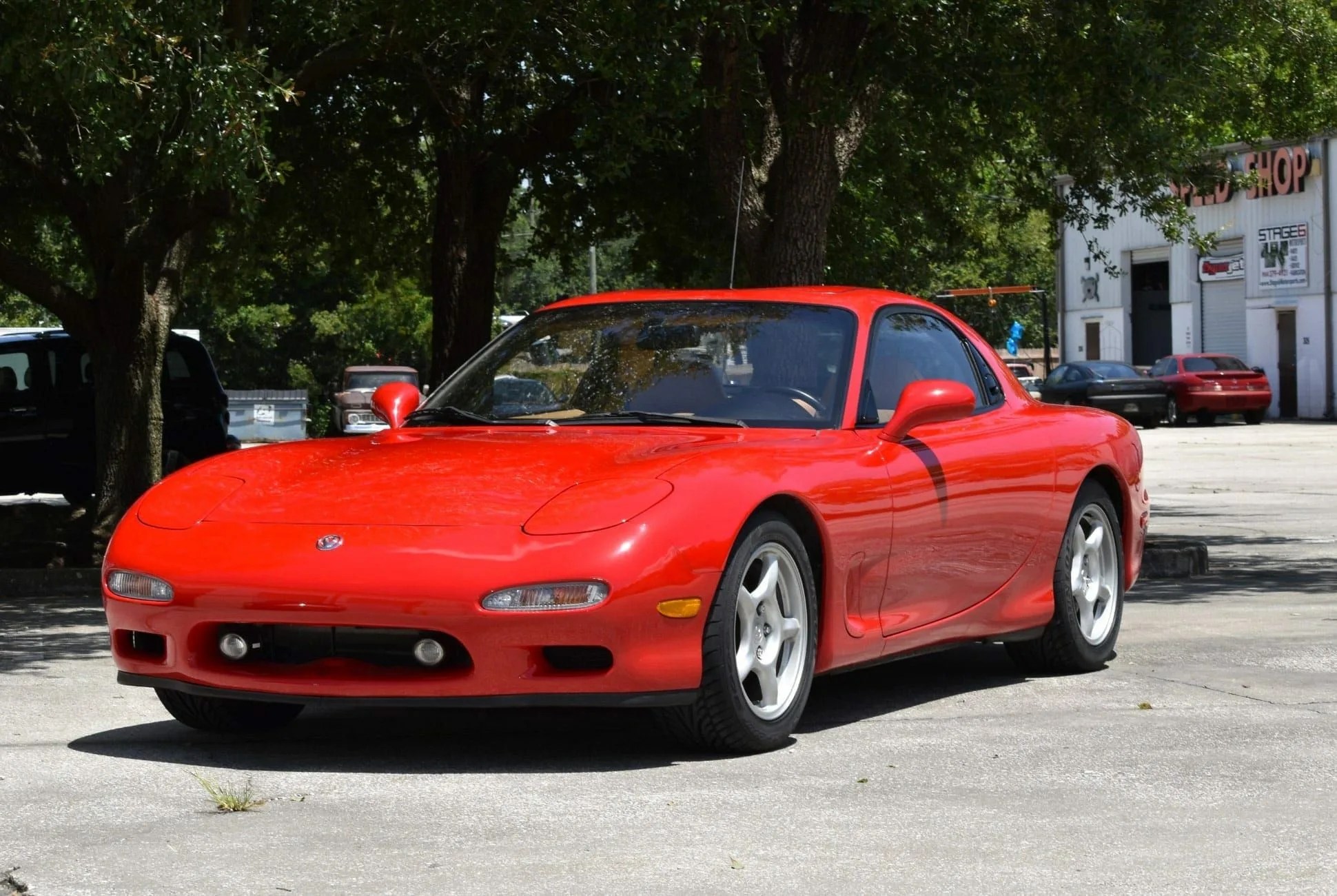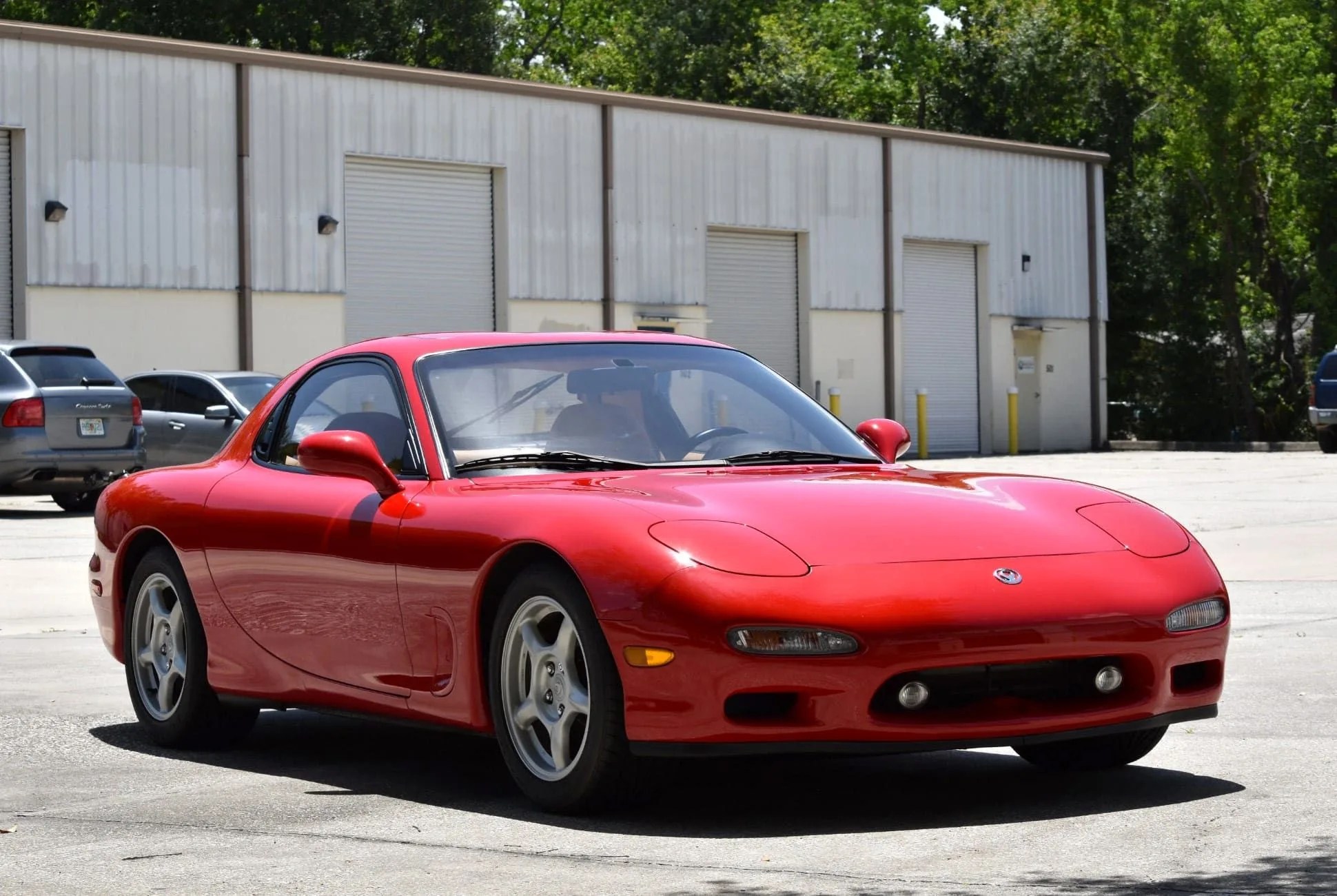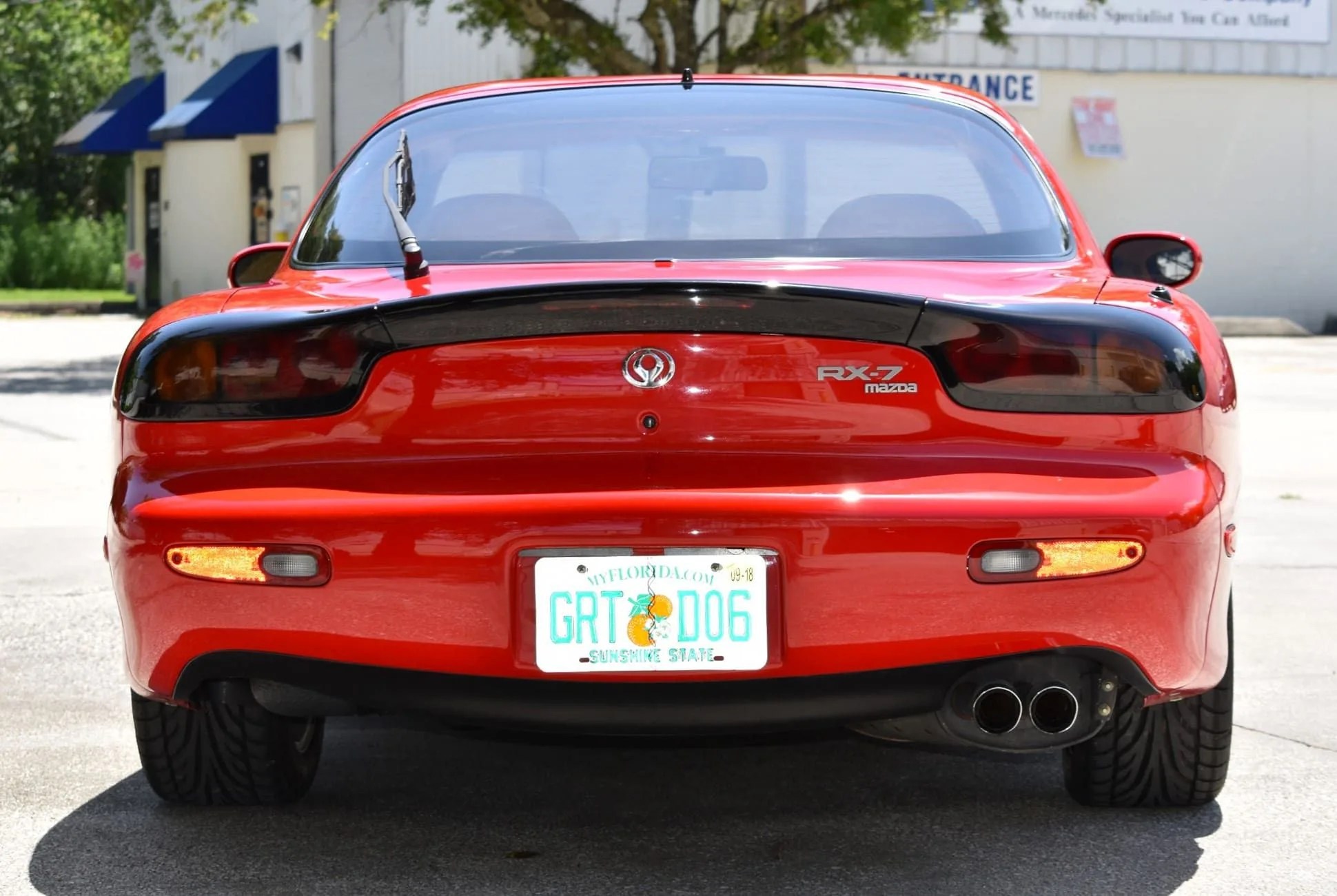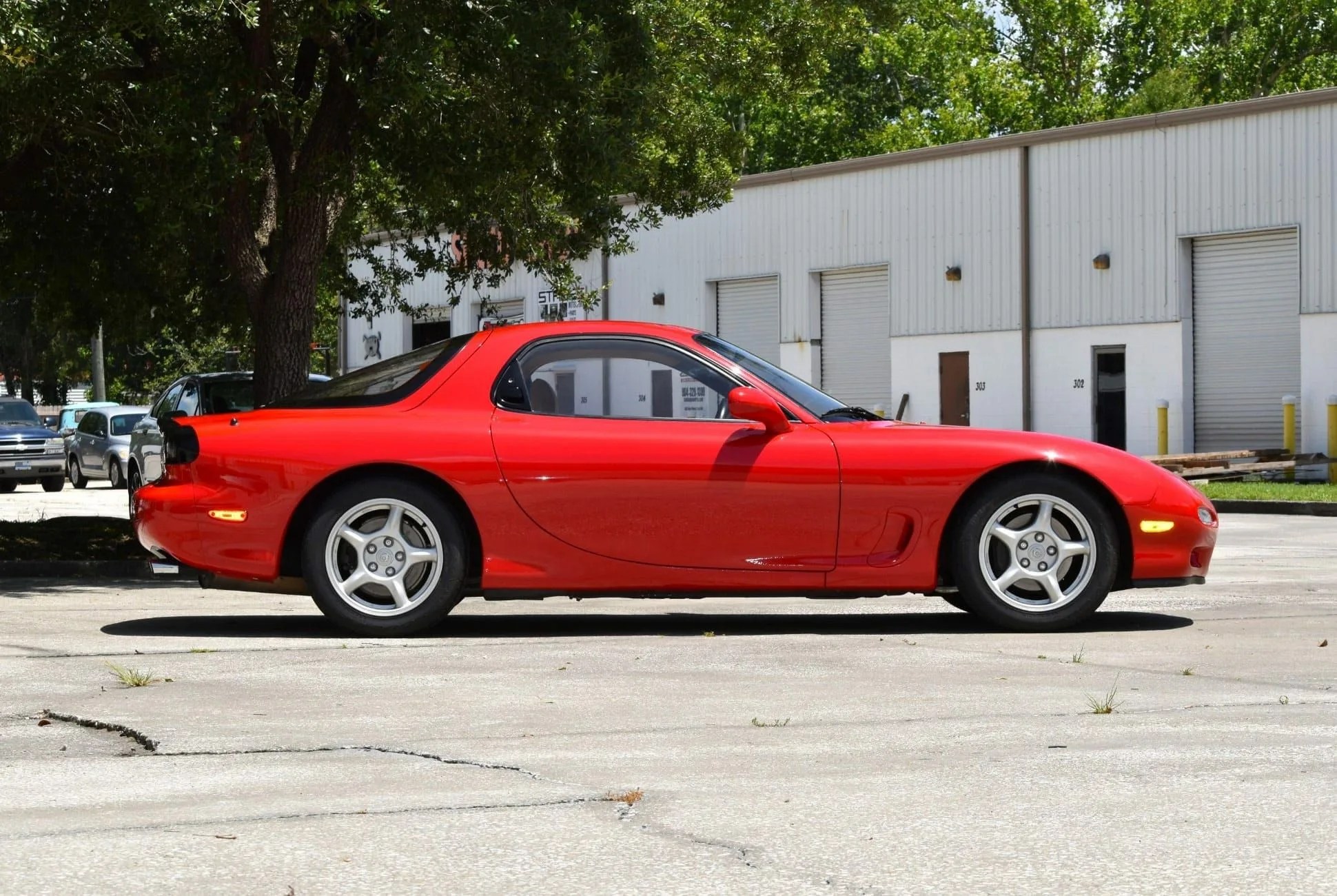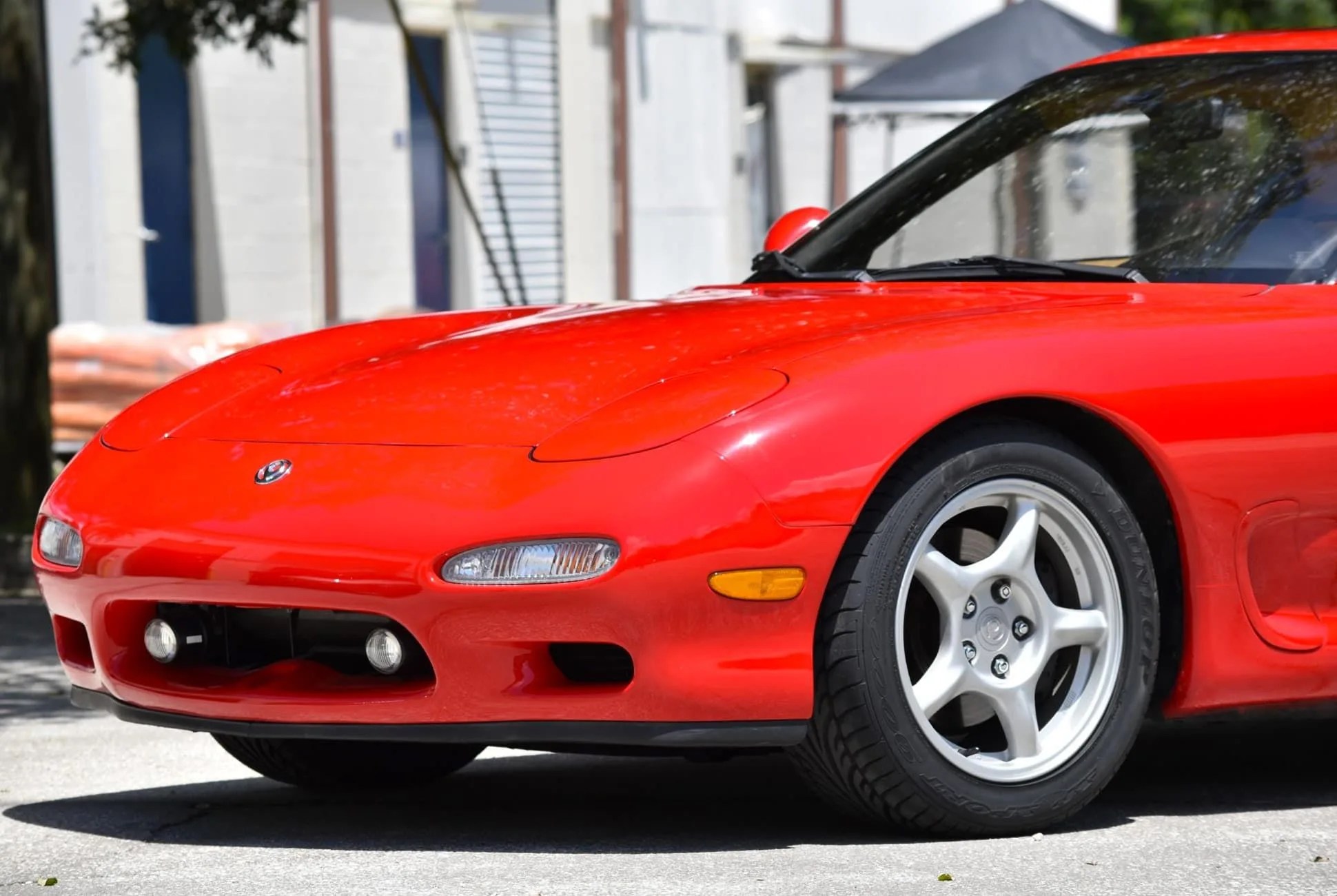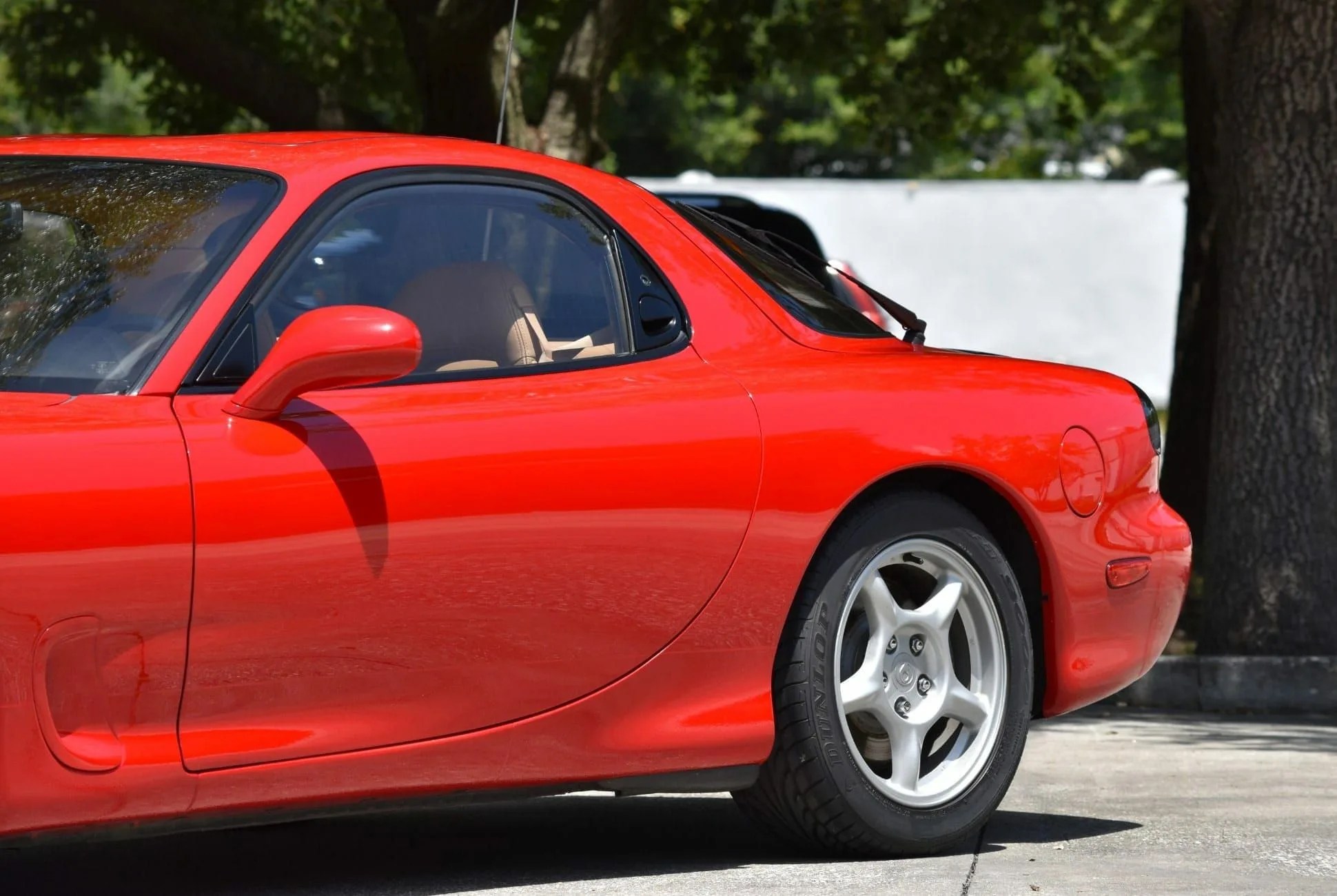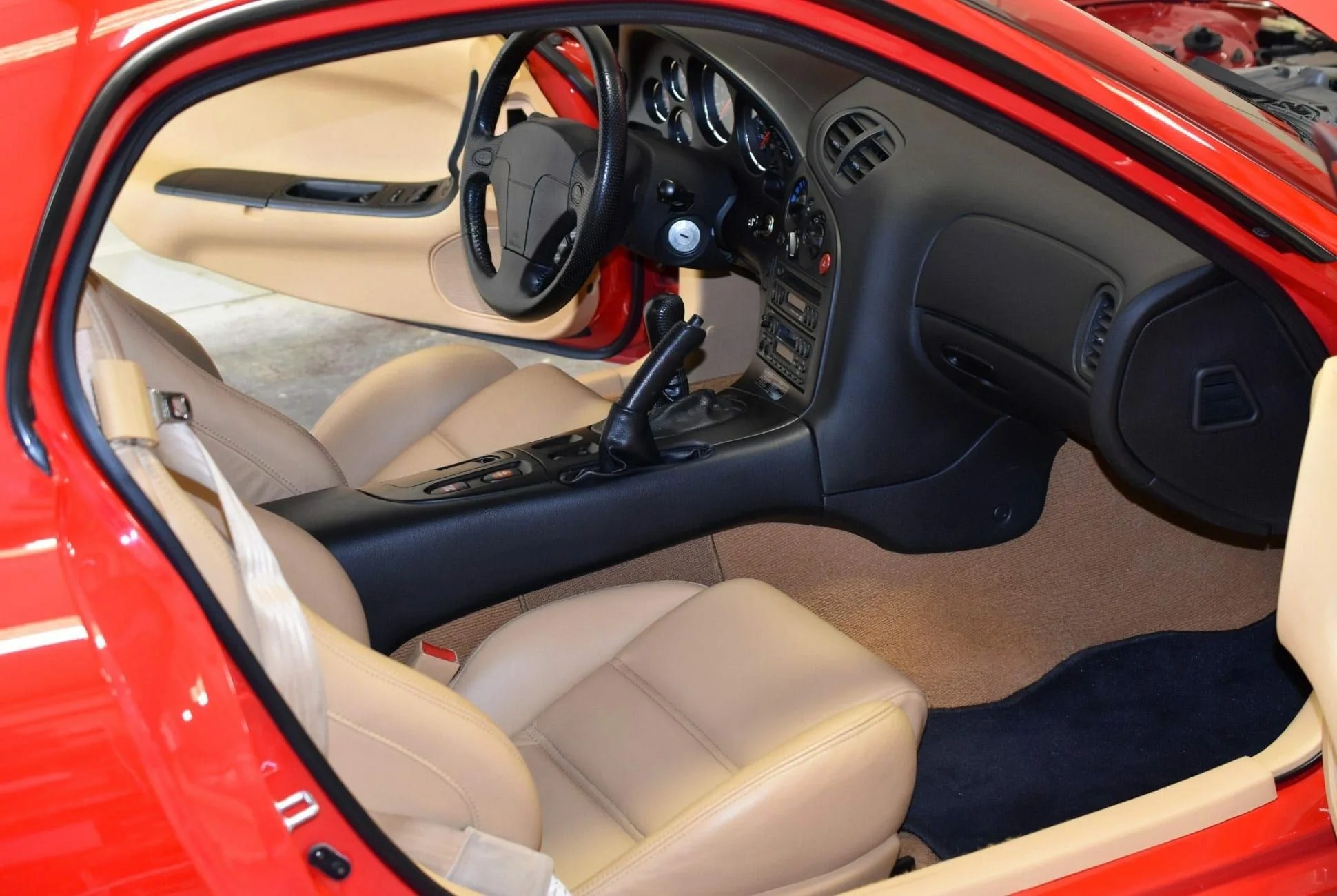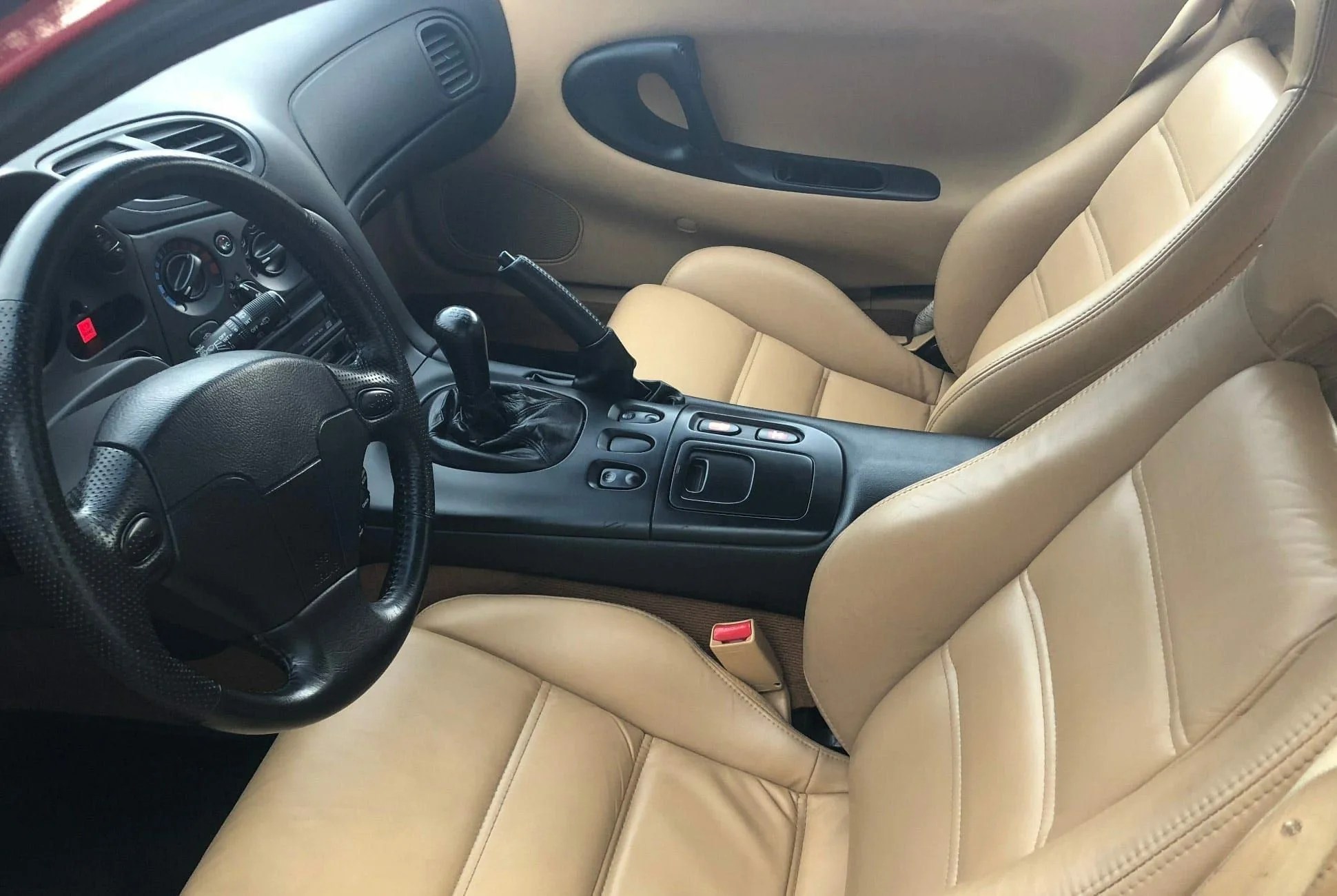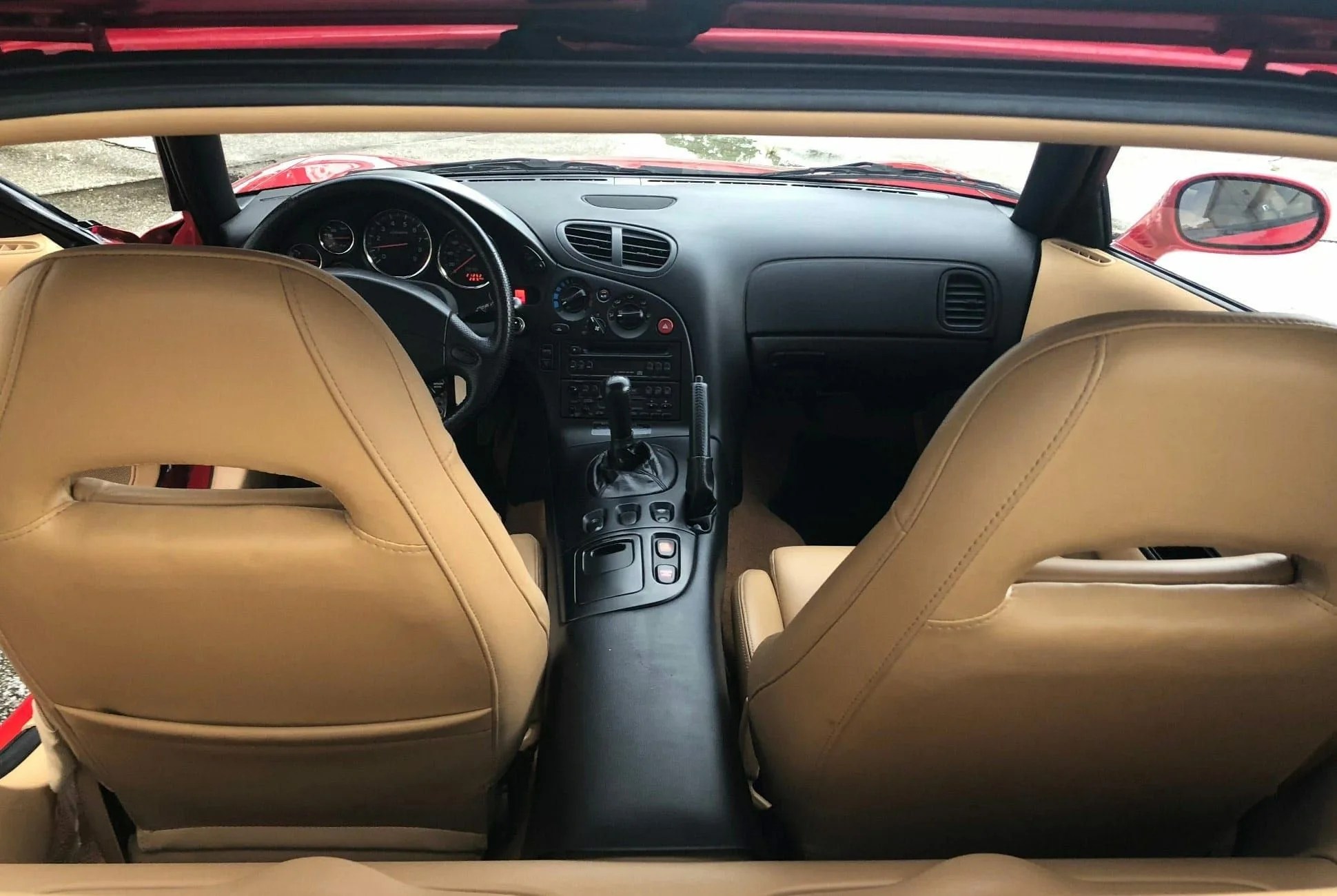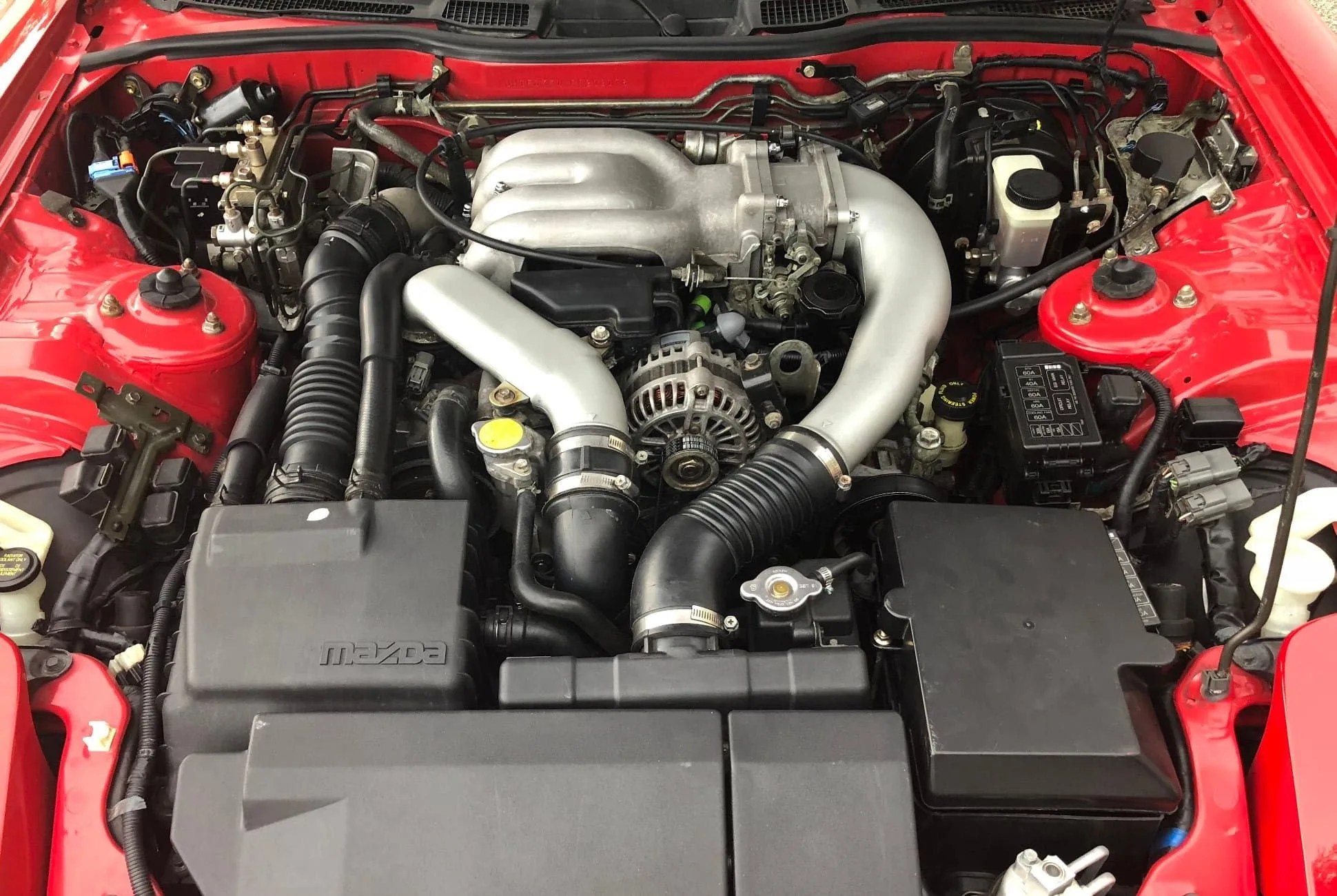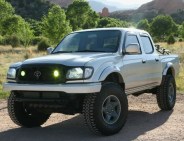11 photos
Engine: 1.3L Twin-Turbocharged Rotary
Transmission: Five-Speed Manual
Location: Jacksonville, Florida
Mileage: 21,252
Price When New: $32,900
To quote modern lexicon, ‘only ’90s kids will remember’ that 20-years ago, Japan was the leader in affordable performance. Cars like the Acura NSX and Integra Type R, Nissan 300ZX and Honda Civic Si went wheel-to-wheel with their European counterparts and finished on top. Out of all of them, however, the Mazda RX-7 (immortalized by Dom Torretto in the original Fast and Furious) was arguably the best all-rounder. Despite its temperamental reputation, the low weight, 250-odd horsepower and 7,500 rpm redline made it a driving icon of its day. And today, you might be able to pick one up for the same price as a new Mazda Miata.
What We Like: Now that Japanese sports cars are earning vintage car status and others are outside of the 25-year law limitation, they’re seeing a boom in popularity again. The RX-7 holds a special place in a lot of enthusiasts’ hearts, not just because it was Dom Toretto’s original ride, but because, from stock it was an outrageous performance car. This example here has such low-mileage that it might as well be 1993 again. This is one of the cleanest and, most importantly, unmodified FD RX-7s to surface in a while, which might be why it costs almost the same as it did when it was new.
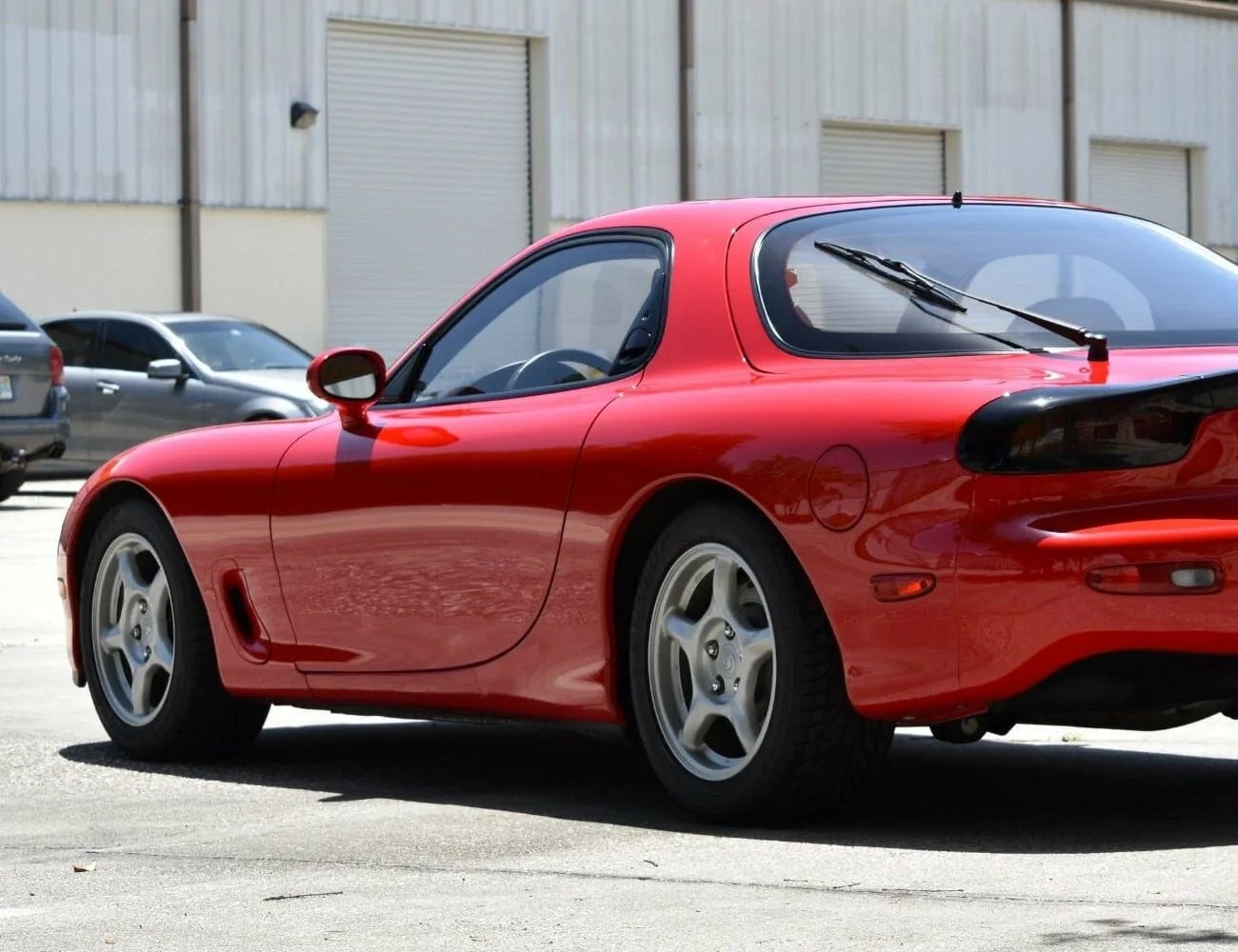
From the Seller: “The seller recently purchased the car from a dealer in St. Louis, and it currently has 21k-miles. This Touring package equipped example features a sunroof, rear wiper, fog lights, 16-inch alloys, a black & tan interior, and Bose Acoustic Wave sound system. Power comes from a 1.3L twin-turbocharged dual-rotor engine paired with a 5-speed manual transmission.”
